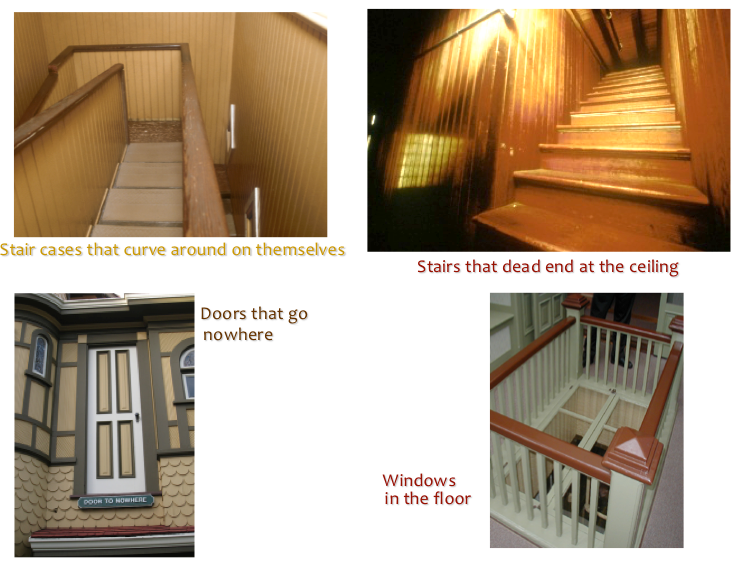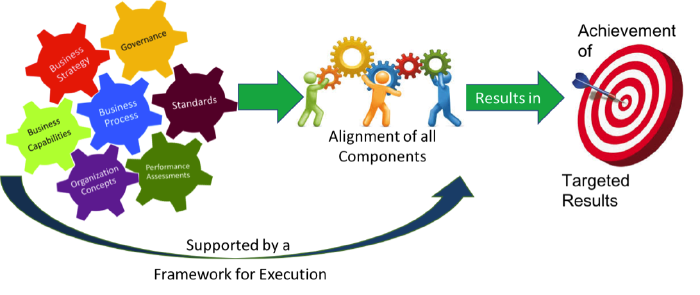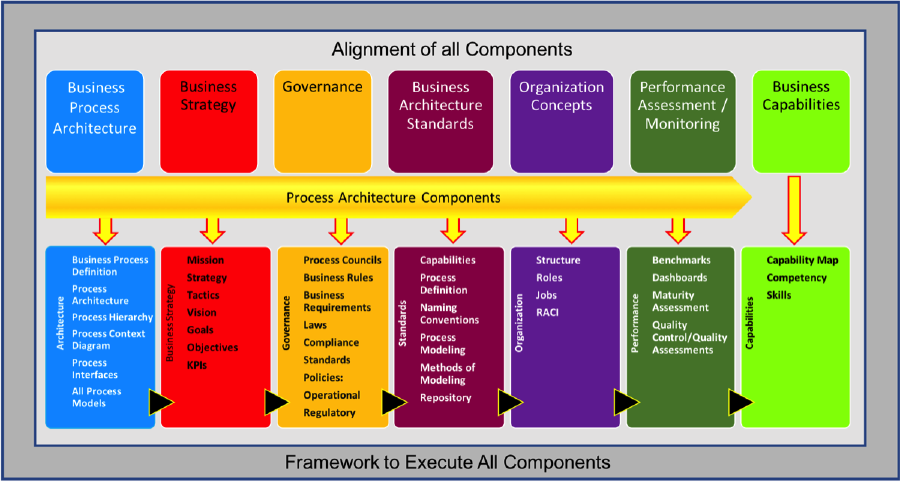Business Architecture — A Blueprint for Success: (Part 1)
"To understand what success looks like for an organization, the organization MUST understand itself."
"Excellent data about an organization must be available to decision makers to make excellent strategic decisions."
"Leaders (decision makers) must have the courage to change what they can, understand what they cannot change, and have the data available to understand the impact of each decision."
Understanding Your Organization
Intelligent change cannot occur until an understanding or assessment has been reached regarding why the change is necessary and the consequences of not changing are well understood.
In order to understand an organization, architectural concepts are essential. Just as a good blueprint is critical to the success of building a house, so is a Business Architecture critical to understanding and operating a business.
Without blueprints, an organization will end up looking like the Winchester Mystery House.
Winchester Mystery House Dilemma
In 1884, Sarah Winchester purchased what would later become known as the Winchester Mystery House. At the time of the sale, the house was a small unfinished farmhouse.
The Winchester Mystery House was under continuous construction from 1884 until Sarah Winchesters' death on September 5, 1922.
7 days a week, 24 hours a day for 38 years
She spent 5.5 million dollars (remember, that was back in the late 1800s and early 1900s) … all without a master plan.
She spared no expense; everything built was done with extreme care and beautifully finished. Each item (i.e., staircase, window, room, fireplace, etc.) was done to serve one purpose and on its own looked great …
but the house as a whole was a mess, with many things completely nonfunctional.
The home boasts 950 doors, 10,000 windows, 40 stairways, 52 skylights, 47 fireplaces, six kitchens, plus a trio of elevators, and once-groundbreaking elements like wool insulation, carbide gaslights, electricity, and an indoor shower, complete with a sewage drainage system.[1]

Even if someone wanted to fix some of the issues in the house, the first step would be to create blueprints. In fact, as some work was started in the 1970s an unknown room was discovered behind a locked door. This is just one example of the many surprises that were found.
Businesses are no different. Unfortunately, there are many surprises discovered in organizations on a daily basis. Before any changes are made in a business, the business needs a blueprint of its operations. This includes:
- how the business operates/executes,
- interactions across functional boundaries,
- the health of those interactions,
- stakeholders,
- alignment to technology and data, and
- the strategic alignment of the organization's goals and objectives.
— all of which are part of a Business Architecture.
Business Architecture
A common definition of Business Architecture that can be found in various sources is:
Business architecture is a discipline that "represents holistic, multidimensional business views of: capabilities, end‐to‐end value delivery, information, and organizational structure; and the relationships among these business views and strategies, products, policies, initiatives, and stakeholders.
Although the definition is fairly consistent, there seems to be quite a bit of confusion around what constitutes a Business Architecture. Additionally, there seems to be a fair amount of debate regarding where BPM or Business Processes fit into a Business Architecture.
The diagram below illustrates the various topical areas of Business Architecture, or the 'scope of Business Architecture'. When all elements in the circle are aligned and executed applying a framework, organizations achieve the targeted results of their strategy or they clearly understand why they have fallen short.

Business Architecture — Scope
The following diagram expands on each of the components. Although detailed, this is not intended to be an all-inclusive list.

Components of Business Architecture
Beginning with the idea that a Business Architecture represents a blueprint of a business — just as architectural drawings represent the blueprints for a building — and that each of the types of drawings in a blueprint are important for different reasons, so are the various views that are part of a Business Architecture important to an organization's understanding different aspects of their operations. In both instances, the drawings represent knowledge. It's the knowledge that's critical.
Over time the idea of representing that knowledge in some kind of graphical manner in order to clarify the understanding has become commonly accepted. In the architectural space, there are specific standards that have been developed and agreed upon to create clarity and consistency when viewing, understanding, communicating, and using those architectural diagrams to build a quality structure. That level of maturity does not yet exist in the 'business architecture' space.
What's Next
In a series of articles, each of the components of a complete Business Architecture will be discussed. The various types of blueprint drawings will be explained, as well as how each supports the others and is necessary for a complete 'picture' or understanding of the business. Hopefully, this will bring some clarity to how all the pieces of the 'Business' fit together and why a good Business Architecture is just as important to organizations as a blueprint is to the construction industry.
The next article will cover Business Process Architecture concepts. These include:
- how to define and align processes at the architectural level
- capturing critical information
- creating heatmaps to enable root cause analysis
- identifying pain points
- prioritizing opportunities
- aligning process to organization strategy
The intent of this series of articles is to improve the understanding of Business Architecture, why it's so important to an organization's success, and how to create a quality Business Architecture for an organization.
References
[1] http://thetruthaboutsarahwinchester.com
# # #
About our Contributor:
Online Interactive Training Series
In response to a great many requests, Business Rule Solutions now offers at-a-distance learning options. No travel, no backlogs, no hassles. Same great instructors, but with schedules, content and pricing designed to meet the special needs of busy professionals.












How to Define Business Terms in Plain English: A Primer
How to Use DecisionSpeak™ and Question Charts (Q-Charts™)
Decision Tables - A Primer: How to Use TableSpeak™
Tabulation of Lists in RuleSpeak®: A Primer - Using "The Following" Clause
Business Agility Manifesto
Business Rules Manifesto
Business Motivation Model
Decision Vocabulary
[Download]
[Download]
Semantics of Business Vocabulary and Business Rules